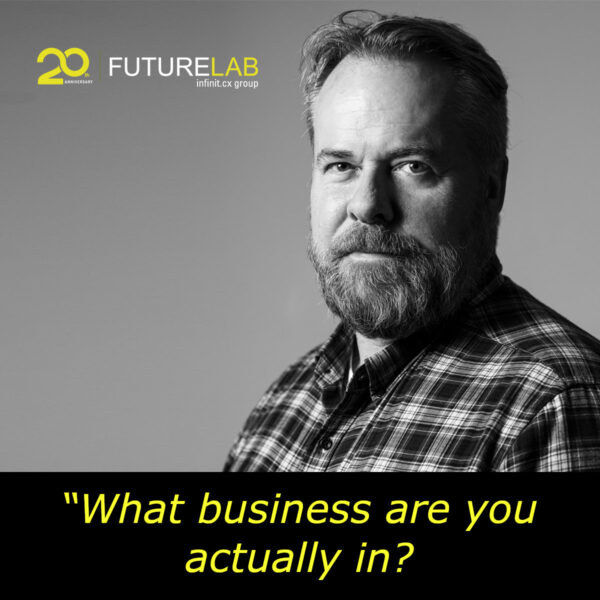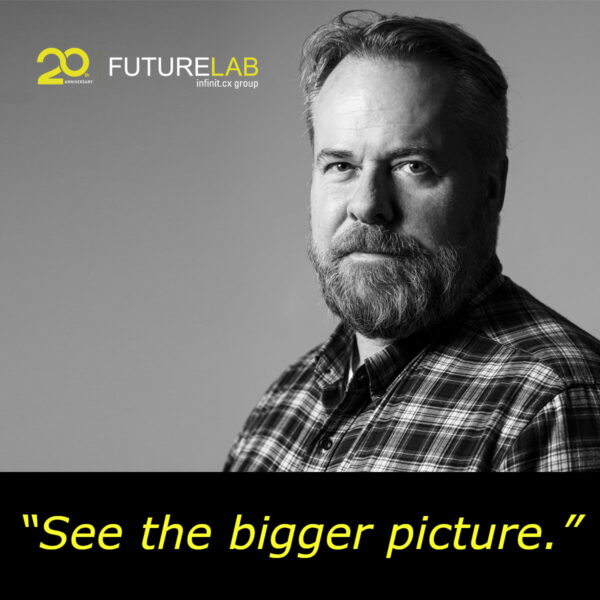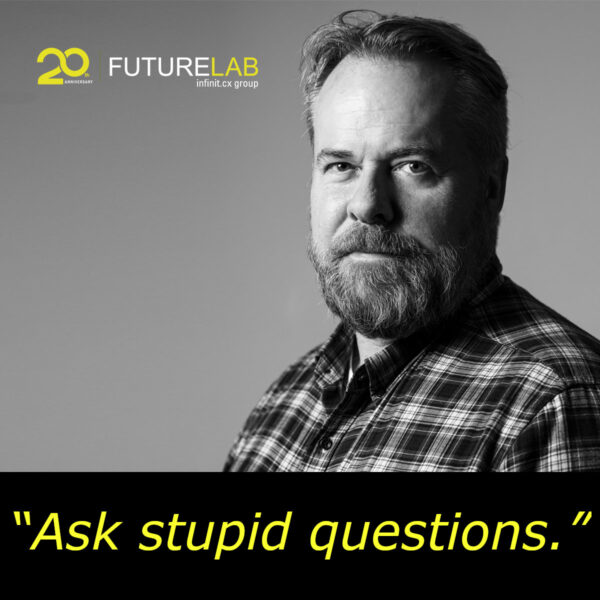by: Josh Hawkins
Despite the rapid adoption of broadband video by marketers, consumers and "prosumers," political campaigns have been slow to join the Internet TV revolution. This seems surprising given all the hullabaloo over blogs and grassroots fundraising in the last election cycle.
Isn't video creation and online sharing a natural extension of this social media behavior? Given the ease and cost efficiency of distributing video content over the open Internet, shouldn't political campaigns be pushing video content through broadband video channels, e.g., advertising, infomercials, voter testimonials, endorsements? What about the enormous waste associated with purchasing broadcast time in major media markets that span state lines, gerrymandered districts, or multiple buys across an entire state to span a district in large rural states? Not to mention the problems for traditional advertising in a world of media fragmentation, self-selection, and time-shifting viewing behavior.
These all seem like pretty good reasons for political marketers to explore alternative, direct-to-consumer distribution models for their video content. And online political communities have a proven track record of active engagement, participation and sharing. So why haven't more campaigns taken advantage of broadband video?
Perhaps it's because moving video distribution from television to broadband Internet would threaten bottom-line profits for campaign managers who monopolize spending decisions in the two party political system. Most statewide and federal political campaigns are run by campaign managers who own creative and media buying services for their campaigns. The typical deal structure for campaigns provides upwards of 15 percent of media buys for the campaign managers. Evan Tracey from the Campaign Media Analysis Group at TNS Media Intelligence says campaign spending this year could top $1.6 billion (reported in today's AdAge). And some estimates peg spending during the '08 presidential cycle at close to $7 billion. I can count the number of top tier political media consultants on one hand for each party. Do the math. Given these margins, I would expect campaign managers to be very slow to move on anything that alters the status quo.
That said, the explosive growth of broadband video, increasing expense and difficulty associated with targeting voters with tradition television ad spends, and the growing expectation for anytime anywhere video viewing will make it very difficult to ignore the Internet TV revolution forever.
There are already signs that volunteers and certain forward-thinking campaigns are beginning to experiment with broadband video in campaign communications. For example, volunteers at the Deval Patrick gubernatorial campaign in Massachusetts are using Brightcove to deliver TV ads, speeches, and voter testimonials through the Internet http://www.devalpatrick.tv/. RSS feeds, email forwarding and search engine indexing will help distribute the video content through online communities, peer groups, organizational mailing lists, blogs and news portals. This is hopefully a sign of things to come and perhaps an early glimpse at a future where campaigns redirect some of the spending from traditional television to more innovative distribution platforms and refocus campaigns around volunteer generated media (VGM). To date, television campaign advertising has entrenched a system that requires an emphasis on fundraising for big media buys, and soft money for party organization and 527s to do blitz advertising during the last days of a campaign. The focus, in other words, is more on emotional activation and turnout than education and deliberation. And it seems this is not always the best dynamic for choosing high-quality candidates and elected officials.
Original Post: http://splinteredchannels.blogs.com/weblog/2006/09/political_adver.html




